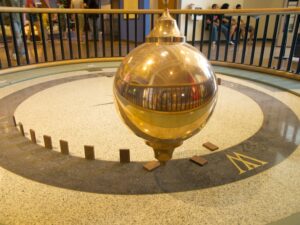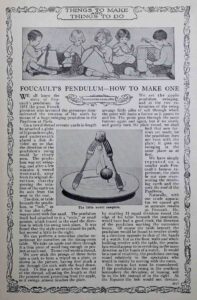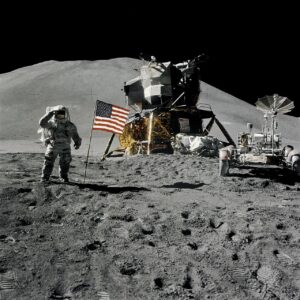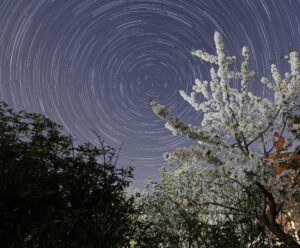 The Pensacola Para Con is happening September 23-24 at the Pensacola Expo Hall. This annual event salutes sci-fi, paranormal, horror, metaphysical, and pop culture. There will be celebrity meet and greets, discussion panels, and ghost hunts! Yes, ghosts. It’s truly fitting that the celebrity guests are Chris Smith and Mike Concalves of the Tennessee Wraith Chasers, hosts of the Travel Channel’s Haunted Towns. There will also be vendors, artists, metaphysical guests, psychic readers, and a costume contest.
The Pensacola Para Con is happening September 23-24 at the Pensacola Expo Hall. This annual event salutes sci-fi, paranormal, horror, metaphysical, and pop culture. There will be celebrity meet and greets, discussion panels, and ghost hunts! Yes, ghosts. It’s truly fitting that the celebrity guests are Chris Smith and Mike Concalves of the Tennessee Wraith Chasers, hosts of the Travel Channel’s Haunted Towns. There will also be vendors, artists, metaphysical guests, psychic readers, and a costume contest.
Visit the Pensacola Para Con website to learn more, buy tickets, or view the detailed schedule.
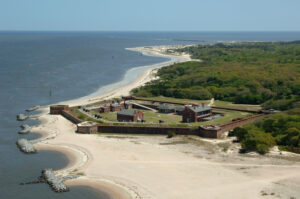
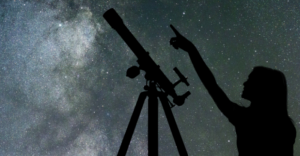 The Escambia Amateur Astronomer Association is hosting a Night Under the Stars this coming Saturday (July 8th). Members invite guests to join them in viewing constellations, the moon, and planets from binoculars and/or telescopes set up by the association. Participants must enter the Big Lagoon State Park before the gates close at sunset. The event is free with paid park entry. Learn more by visiting the
The Escambia Amateur Astronomer Association is hosting a Night Under the Stars this coming Saturday (July 8th). Members invite guests to join them in viewing constellations, the moon, and planets from binoculars and/or telescopes set up by the association. Participants must enter the Big Lagoon State Park before the gates close at sunset. The event is free with paid park entry. Learn more by visiting the 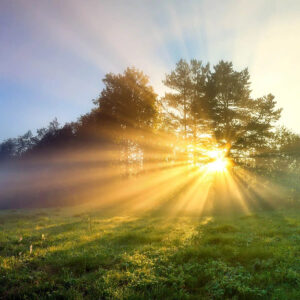
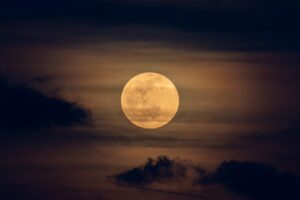
 Florida Caverns State Park is excited to announce a special Astronomy Night! Thanks to the participation of the Tallahassee Astronomical Society, there will be an evening opportunity for interested individuals to come out to the State Park to learn more about stars, planets, and other heavenly bodies.
Florida Caverns State Park is excited to announce a special Astronomy Night! Thanks to the participation of the Tallahassee Astronomical Society, there will be an evening opportunity for interested individuals to come out to the State Park to learn more about stars, planets, and other heavenly bodies. 